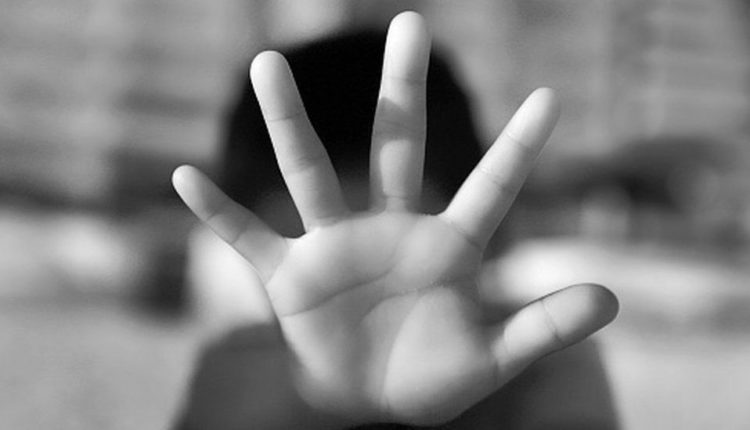In July 2020, police in India’s north-eastern state of Assam received a complaint about a suspicious Facebook page.
A non-profit organisation had passed on information that the page had pictures and videos of children, and that it may be promoting child sexual abuse material, or CSAM.
Police opened an investigation and roughly a month later, they arrested a 28-year-old man from a village near the state capital, Guwahati.
They said the man’s mobile allegedly contained disturbing videos of children getting sexually assaulted.
“I couldn’t sleep for many nights after looking at the content,” said investigation officer Geetanjali Doley.
Police alleged the man was using the Facebook page to direct people to other websites and apps to sell CSAM. It’s not clear how the man benefited from this, but police said they arrested him before he began earning money from the process. The page has been pulled down and the matter is pending in court.
The man, who has since been released on bail, has denied all the allegations against him. “I never downloaded child sexual abuse videos. I never shared them, nor did I receive any,” he told the BBC.
India is home to a large number of sexually abused children. In 2020, the National Crime Records Bureau registered 43,000 offences under the stringent Pocso (Protection of Children from Sexual Offences) Act – which translates to an average of one case every 12 minutes.
Activists, however, estimate the real numbers to be much higher, given the stigma and general reluctance to talk about the topic.
Although the publication, transmission and possession of CSAM is banned under Indian law, it is still widespread. And the problem has been exacerbated by the coronavirus pandemic.
According to activists and police officials, there has been a surge in the online demand and dissemination of child abuse imagery in the country since last year, as lockdowns imposed to contain Covid-19 confined people to their homes.
In the southern state of Kerala, the increase has been almost 200% to 300% compared to before the pandemic, said Manoj Abraham, head of the state’s Police Cyberdome, a high-tech facility in India’s cyber security infrastructure.
Mr Abraham says the pandemic has also led to the rise in locally produced content, which often goes unreported as the abusers are family members or people known to the victims.
“You can see in videos that they are in a house. So, the dangerous part is that somebody in the house, in close proximity, is exploiting the girl or boy,” he said.
It is no different in other states.
A report by India Child Protection Fund suggests an alarmingly high demand for CSAM in as many as 100 Indian cities, including the capital, Delhi, and financial hub Mumbai. The organisation tracked online content in India between December 2019 and June 2020.
It reported:
- The user base for CSAM in India was more than 90% male, 1% female and the rest were unidentified.
- Most individuals were interested in “generic CSAM” such as “school sex videos” and “teen sex”.
- Many used VPNs to conceal locations, circumvent government regulations and platform security.
Experts say the reasons are not hard to find. Long insulated lives have led to longer hours of online presence among children as well as paedophiles.
As a result, more children are being groomed by paedophiles, which has also led to an increase in the distribution and consumption of CSAM.
“Any person in a lockdown-like situation where there is loneliness, isolation, threat of uncertainty and perhaps increased irritability, is more likely to turn to sexuality as a means of coping, especially if there are no other healthy alternatives available,” says Dr Vasudeo Paralikar, head of psychiatry at the KEM research institute in the western city of Pune.
Source: BBC




Comments are closed.